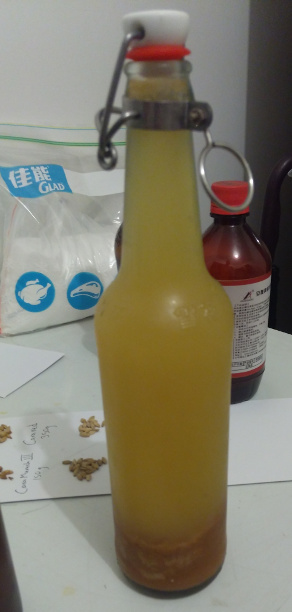Tamarlane
Well-Known Member
So what is a decent book covering the how-to of lacto-fermented hot sauces?
As far as books I recommend Wild Fermentations by Sandor Katz. Not a lot about hot sauce but lacto-fermentation in general. His website had good info too www.wildfermentation.com
Also check out thehotpepper.com which was mentioned earlier in this thread. Some good in-depth write ups and threads on fermented hot sauces



